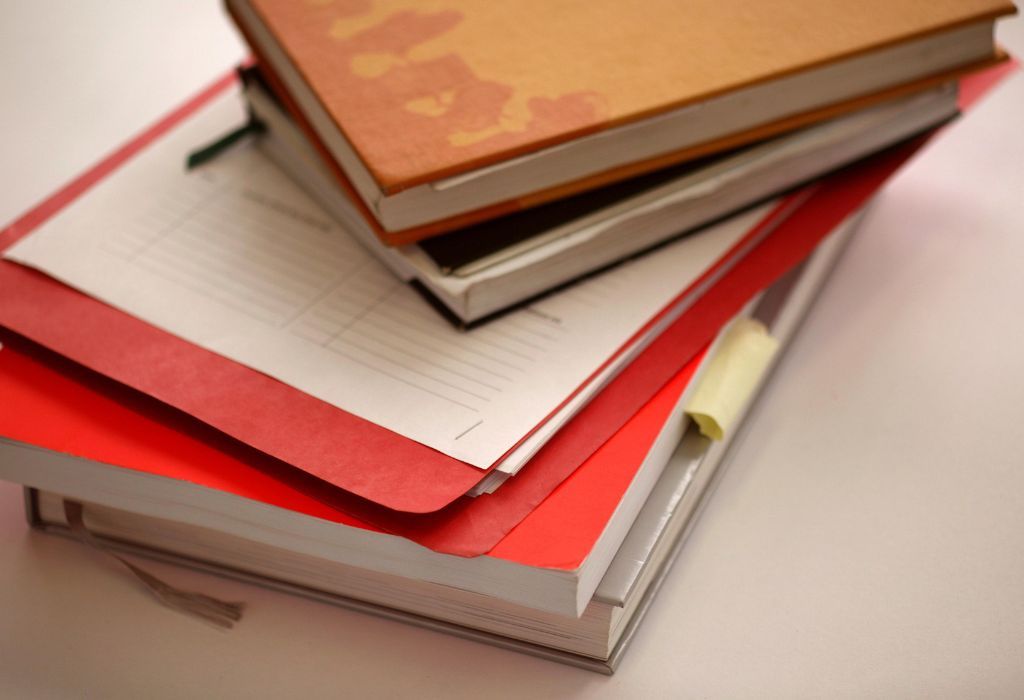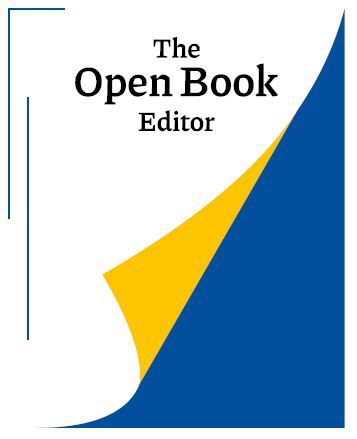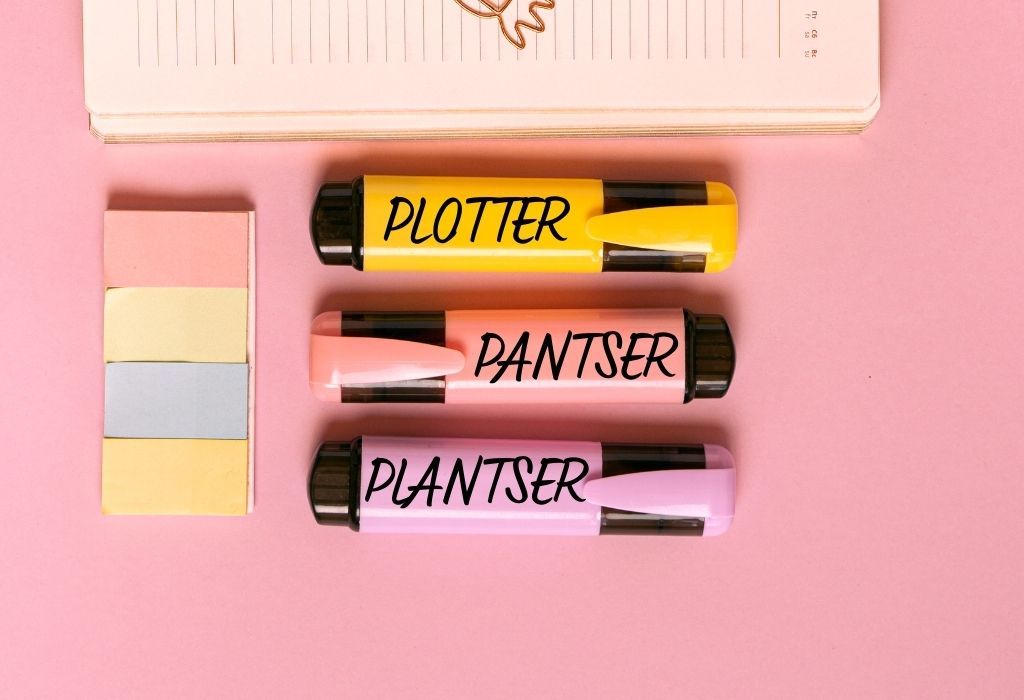Different writers have different styles, daily writing habits, and approaches to editing their books. This is because we often fall into one of the three main types of writer: plotters, pantsers, or plantsers. While there’s no right or wrong way to approach writing, knowing which category you fall into is not only fun but also a great way to identify your strengths and weaknesses. In turn, this enables you to address any shortcomings and make your time spent writing more productive.
So, let’s talk about the three main types of writer! Are you a plotter: someone who plans out their story? A pantser: someone who flies by the seat of their pants? Or a plantser: a combination of the two? Read on to learn more about the main types of writer and the pros and cons for each.
What is a plotter?
A plotter is someone who plans their novel in advance. This can include creating detailed outlines to make sure they have believable characters and know their setting and story arc inside and out. For these types of writer, outlining beforehand is incredibly important; they will struggle to start writing without a detailed outline of each chapter and character, and possibly even every scene.

Pros:
- Because a plotter will plan out their novel first, it’s easier to get words down once they (eventually) start writing.
- Plotters are less likely to suffer from the dreaded writer’s block, because they know where to go next in a given scene.
- The narrative plot tends to flow more smoothly from the first draft. So, regardless of whether they’re editing fiction or non-fiction, such writers will have fewer large-scale, developmental edits to make.
Cons:
- Because they spend so much time outlining, plotters can struggle to be flexible and allow changes to happen as they write.
- Plotters can take longer to complete a manuscript because a larger portion of time is dedicated to planning out every detail—many of which won’t make it into the book—before they start writing.
- If the final product doesn’t quite match up to the outline, plotters may struggle to know when to stop editing their book. These types of writer will often keep editing as they try to achieve the pre-set idea of their plot.
Plotter writing tip: Spend twenty minutes freewriting on your manuscript (without consulting your outline) and see what happens! You might be pleasantly surprised with where the story goes when you let your mind run wild. Alternatively, challenge yourself to write short stories without any outline. This exercise will train you to trust your creative instincts in the moment and to edit later.
What is a pantser?
A panster is essentially the opposite of a plotter. They ‘fly by the seat of their pants’ and don’t plan out their book in advance (or plan very little). Rather, they can’t wait to get their ideas on the page and just start writing as soon as possible. Many times, pantsers are aware of the genre of their book and have a kernel of an idea to start with, but enjoy figuring out the rest as they write!

Pros:
- A lot of flexibility with the story. These types of writer feel more freedom to change the story and characters as they write.
- Pantsers get to experience the story as they go—almost like a reader. They can surprise themselves with story ideas and character arcs. This is not only exciting but also gives the author a good sense of how their readers will react to the book.
Cons:
- Because there is little plotting, pansters may struggle with effective exposition and encounter more plot holes.
- As such, the finished draft may need more rounds of editing. This can be especially true when it comes to developmental edits—the large-scale edits that make sure a plot moves smoothly and makes sense from start to finish.
- Because there is no predetermined story direction, pantsers are more likely to get stuck or experience writer’s block.
Pantser writing tip: If you’re a pantser, set your story aside next time and challenge yourself to create a scene outline first. This is a great brainstorming method to look at your story more objectively and ensure your plot and characters are consistent and logical.
What is a plantser?
It’s probably not too difficult to figure out what a plantser is at this point. That’s right, planters are a combination of plotters and pantsers. The reality is that most writers are plantsers who lean more heavily towards either a plotter or a pantser.
Perhaps you create a loose synopsis before you start writing, or maybe you like to fully flesh out your characters and then see where the story takes you. Or maybe you outline your story and characters beforehand but make frequent changes to both during the writing process. These are all signs of a plantser!
As you saw above, both types of writer have pros and cons, and neither is better than the other. Nor should you aim to be a plotter fifty percent of the time and a pantser the other fifty percent of the time. Instead, it’s important to strike a balance between plotter and pantser that works for you and your personal style.
If you feel an outline will stifle your creativity, spend five minutes jotting down a few ideas about where you’d like the story to go before you start each day’s writing session. One great approach is to loosely outline the main points of the book. Understand where you’ll start, where the story will climax, and how it will end. Then allow yourself the freedom to see where the story goes in between these big action points. You still get the element of surprise that a pantser enjoys, while benefiting from the useful structure of a plotter.
Or don’t have a label!
Just because these three main types of writer exist doesn’t mean you have to label yourself one or the other. If your writing approach has worked so far, then keep doing it! But if you think there is room for improvement, learning about the pros and cons of each of the main types of writer can also be a useful tool to help you figure out when there’s something off about your process.
Need help identifying your writing pros and cons or implementing strategies to improve your shortcomings? The Open Book Editor author coaching provides the support you need to figure out the best way to achieve your writing goals. And when you’re ready to take it to the next level? We offer stellar editing services, too, and can help get your book polished and ready for the next step in your publishing journey.


